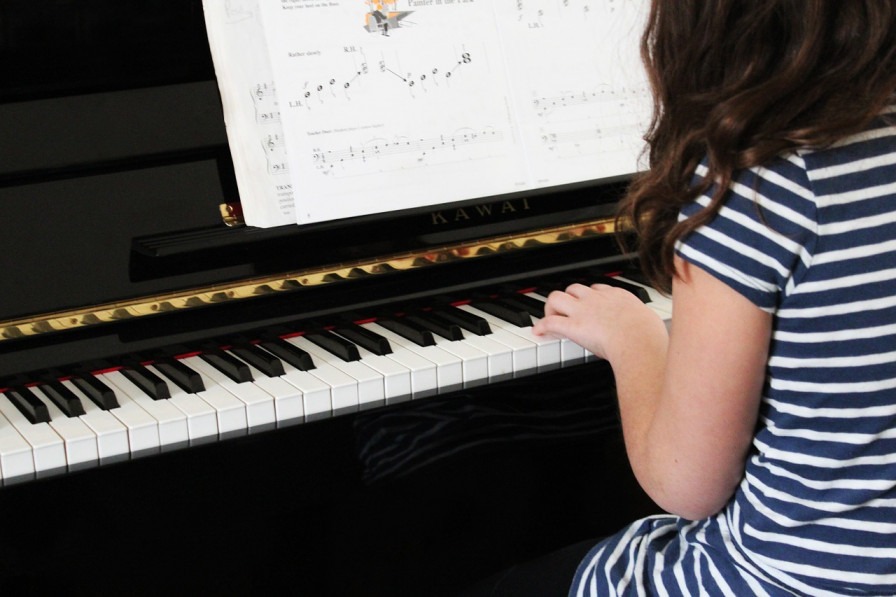How Musical Training Improves Learning Skills in Children

We all know that there’s satisfaction to be gained in learning a new skill. However, there are also proven neural benefits for children who learn to play a musical instrument.
Not every child is destined to be the next Mozart. Parents have often wondered if they’re doing the right thing when faced with a child resistant to attending their music class. We all know that there’s satisfaction to be gained in learning a new skill. However, there are also proven neural benefits for children who learn to play a musical instrument.
Studies have shown that learning a musical instrument can have a profound and lasting effect on the brain. These effects are more pronounced depending on how early in life a musician begins his or her training. Starting musical training in childhood means greater positive changes to the brain and greater learning ability in general.
Attainment in a number of subjects can be directly improved by time spent playing a musical instrument, as proven by the Harmony Project’s work in disadvantaged communities. With this information in mind, perhaps we should be integrating music training more effectively into school life as well as encouraging children to play an instrument as an extracurricular activity.
Musical training in childhood has the capacity to improve learning skills in the following areas:
Memory
When learning a musical instrument, a significant memory load is imposed. This then expands memory capacity. People with greater memory capacity are shown to perform better in IQ tests. This can have a great effect on other areas of learning. Retaining information and being able to recall it quickly is the hallmark of an effective learner.
Reading and Languages
Playing music affects the mind’s sensitivity to all sounds, not just musical ones. Children who play musical instruments are able to tune their ear to sounds in speech much more effectively than those who don’t. As they do with music, they are able to extract separate sounds from a “soundscape”, particularly useful in a noisy classroom. Developing this skill has the potential to aid language learning and reading skills.
Children with Special Educational Needs
Research suggests that learning a musical instrument can be particularly useful for children with special needs, including those with dyslexia and autism. Musical training can create new pathways in the brain. It can also promote relaxation and allow children to communicate their emotions more effectively, creating a more conducive starting point for subsequent learning.
Discipline and Patience
Learning a musical instrument requires great discipline and patience. It’s an exercise in delayed gratification. When a child first picks up a violin or a flute, they need to learn how to hold it, how to recognise sheet music and refine the motor skills necessary to play successfully. The concentration and time it takes to play a piece without mistakes or make that first solo performance helps to train a child’s brain. The more adept a child becomes at being disciplined and patient, the more easily these skills are transferred to other learning environments.
Self-Esteem and Confidence
A huge component of a learner’s success is their self-esteem and confidence. Learners with low self-esteem are prone to give up at the first hurdle and struggle to recognise that everyone suffers setbacks. Learning a musical instrument builds confidence. Knowing that they have had success in one area of learning gives them greater confidence when approaching other subjects.
The benefits of musical training are manifold. Playing a musical instrument can help children to express their emotions and gain confidence. It can expand their horizons to discover new cultures and ideas within the music they play. When we consider these benefits alongside the brain development and learning advantages proven to come from musical training, there’s no doubt that musical training should have a central role in teaching and in the classroom.
